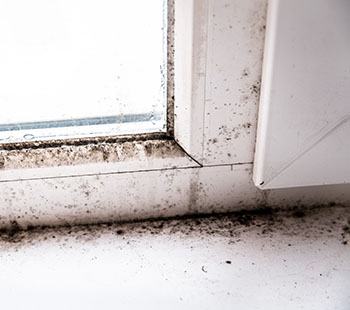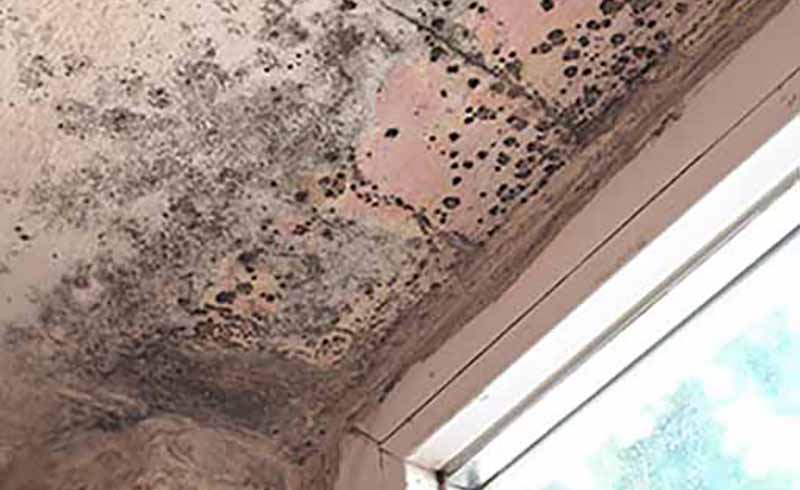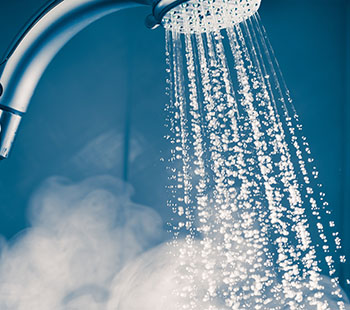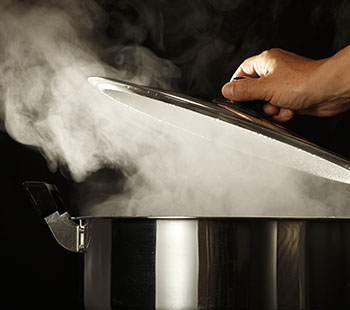This article is the first in a series on condensation from Daniel James Cosntruction Services, experts in the diagnosis, treatment and prevention of dampness in buildings.
Condensation is probably the single most common source of damp in the home. But what is condensation? Where does it come from, how can we diagnose it and what damage can it cause?
Let’s look at a typical definition for condensation…
When air containing moisture meets a surface that has a temperature at or below dew point, the air cools and water held as vapour turns to liquid, forming condensation on a surface.
To fully understand that statement we need to look at two keys concepts. Relative humidity and dew point.
Relative humidity is a measure of the amount of moisture suspended in the air as gas, relative to the amount of water the air can hold at a given temperature. Dew point is reached when relative humidity is 100%. At this point, the air is saturated and unable to hold any more water as gas.
The ability of air to hold moisture is based on air temperature with warmer air able to hold more moisture than cooler air. So, when warm moisture laden air meets a surface at or below dew point, the air cools and loses its capacity to hold moisture as vapour. As a result, condensation will occur.
What you can see with your eyes and some common sense goes a long way when investigating damp and the presence of mould, damp smells and wet patches could all be signs of condensation but could equally represent other forms of damp issue like penetrating damp. Psychrometric data can therefore be an invaluable tool for diagnosis of condensation.


What you can see with your eyes and some common sense goes a long way when investigating damp and the presence of mould.
A hygrometer is used to measure relative humidity. Combined with air temperature, relative humidity can be used to calculate dew point temperature. With the dew point temperature established, surface temperature can be measured at different locations in a room and where that surface temperature is at or below the dew point temperature, surface condensation will occur.
It is worth pointing out here that condensation causing conditions such as air temperature, humidity and surface temperature all vary throughout the day depending on conditions including ambient temperature and the amount of moisture generating activity taking place in the home. This can make it difficult to definitively diagnose condensation during a single survey.
Fortunately, sensors that measure air temperature and humidity and log the data can be deployed for a period of weeks to record values over time to facilitate accurate diagnosis.


The average household produces around 15 litres of water vapour every day from washing and drying clothes, showering, cooking and even breathing. With modern houses sealed ever tighter as we strive for energy efficiencies, moisture has less places to escape so effective ventilation is key to condensation control.
When liquid from condensation remains on surfaces, the moisture buildup can damage decorations and is likely to encourage the growth of mould and fungi, which in some cases can be detrimental to health.
Fortunately, there are plenty of measure we can put in place to control condensation and mitigate its effects. Take a look at our article on condensation control and prevention for more information